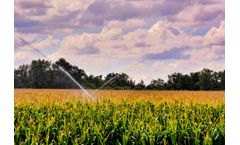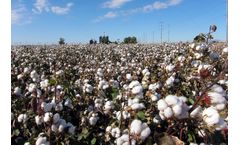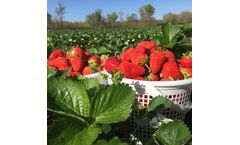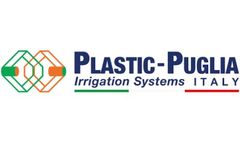Plant Root Zone Articles & Analysis
8 articles found
Field Irrigation Systems are essential in agriculture since they help provide water to plants where rain may be erratic or unavailable. Given the ever-rising population around the globe, food production is on the rise, and thus, there is a need to maximize agricultural production. Therefore, contemporary field irrigation systems have developed as an all-important tool to facilitate crop growth, ...
One of the least discussed aspects of the climate emergency is the water crisis, but as the realities of water stress and scarcity around the world really start to bite, there can be no doubt that it will soon become a hot topic of conversation, hitting headlines with increasing regularity as time goes on. Because water underpins every aspect of society in the 21st century, it is immediately ...
More manageable, balanced water distribution throughout a relatively shallow soil profile by applying reclaimed water directly into plant root zones, thereby minimizing potential ground water degradation and/or near seashore pollution 6. ...
Subsurface Drip irrigation Drip irrigation. he slow, precise application of water to a plant’s rootzone, has been used for more than 30 years. In Hawaii, more than 100,000 acres of sugar cane and pineapple are drip-irrigated. ...
These particular processes have been identified in several studies to both promote plant growth and development as well as increase the plants ability to combat disease. ...
Vandehey information on whether too much or too little water and fertilization is being applied to the root zone of his crops. The data analysis includes evapotranspiration (ET) formula using direct soil conditions and trend analysis at different soil depths. ...
“Micro-irrigation”, or drip irrigation, is a method which allows the farmer to give the same amount of water to the roots of each plant, without waste. In “sub-irrigation”, instead, water is delivered to the plant root zone from below the soil surface and absorbed upwards. ...
Their plans called for regrading, draining, and planting trees, shrubs and various plants. Before landscaping could begin, nearly 112,000 square feet (10,400 m2) of the slope needed to be stabilized. ...








